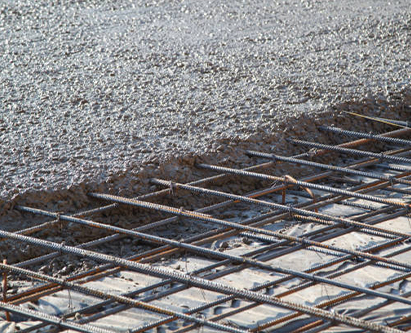CE Certification for Bent Bolts and Its Importance in Quality Assurance
Understanding CE Certification for Bent Bolts
In various engineering and construction applications, bolts play a crucial role in ensuring structural integrity and safety. Among these, bent bolts are often utilized for specific functions, such as connecting pipes or securing structures at odd angles. However, with the increasing emphasis on quality and safety standards in construction, the certification of these components has become paramount. One such certification is the CE marking, which signifies that a product meets European health, safety, and environmental protection standards.
What is CE Certification?
CE certification, short for Conformité Européenne, is a mandatory conformity marking for certain products sold within the European Economic Area (EEA). It indicates that a product has been assessed and meets the relevant EU safety, health, and environmental requirements. This certification is critical for manufacturers and suppliers, as it allows them to market their products in the European market while ensuring compliance with EU regulations.
Importance of CE Certification for Bent Bolts
1. Safety Assurance The primary purpose of CE marking is to ensure safety for users. For bent bolts, which can often experience unusual loads and stresses, it is crucial to be manufactured under stringent guidelines to avoid accidents. CE certification provides reassurance to engineers and contractors that the bolts they are using comply with safety standards.
2. Quality Control The certification process incorporates rigorous quality control measures. Manufacturers must implement a quality management system and conduct regular testing to ensure that their products, including bent bolts, consistently meet the required specifications. This focus on quality enhances the reliability of the components used in construction projects.
3. Market Access For manufacturers, obtaining CE certification expands their market reach. Without this certification, their products may be restricted or banned in certain European countries. CE marking helps manufacturers not only comply with legal requirements but also increases their credibility and competitiveness in the market.
4. Consumer Confidence CE certification contributes significantly to consumer confidence. When consumers see the CE mark on bent bolts, they can trust that the product has undergone thorough testing and meets high safety and quality standards. This trust can lead to increased sales and a stronger reputation for companies that prioritize quality.
ce certification bent bolts

The Process of Obtaining CE Certification for Bent Bolts
The process of obtaining CE certification consists of several key steps
1. Identify Applicable Directives Manufacturers need to determine which EU directives apply to bent bolts. Most often, this involves the Construction Products Regulation (CPR) and specific standards relevant to fasteners.
2. Conformity Assessment Depending on the type of product and its intended use, the appropriate level of testing and documentation will be required. This may involve collaboration with a notified body, especially for complex or high-risk components.
3. Maintain Technical Documentation Manufacturers must compile and maintain detailed technical records demonstrating compliance with all relevant directives and standards, which may include material specifications, design calculations, and test results.
4. Labeling Once certified, manufacturers must appropriately label their products with the CE mark, ensuring it is visible and indelible.
5. Ongoing Compliance CE certification is not a one-time process. Manufacturers must continually ensure their products remain compliant with evolving regulations and standards.
Conclusion
CE certification for bent bolts is more than just a regulatory requirement; it is a commitment to quality, safety, and accountability. As the construction industry evolves, so too does the need for building materials that meet stringent standards. With the assurance of CE certification, engineers and builders can safely incorporate bent bolts into their designs, ultimately contributing to safer and more reliable structures around the world. The emphasis on compliance and quality control not only benefits manufacturers but also protects the end-users, fostering trust in the construction industry.
-
Transform Your Outdoor Spaces with High-Quality Gabions
NewsJul.23,2025
-
The Power and Versatility of Wire Mesh for Your Projects
NewsJul.23,2025
-
The Complete Guide to Annealed Wire
NewsJul.23,2025
-
Pallet Nails--The Essential Fastener for Pallet Construction
NewsJul.23,2025
-
Anchor Bolt Analysis: A Key Component to Ensure Building Stability
NewsJul.23,2025
-
Enhance Your Property Security with Quality Barbed Wire
NewsJul.23,2025














